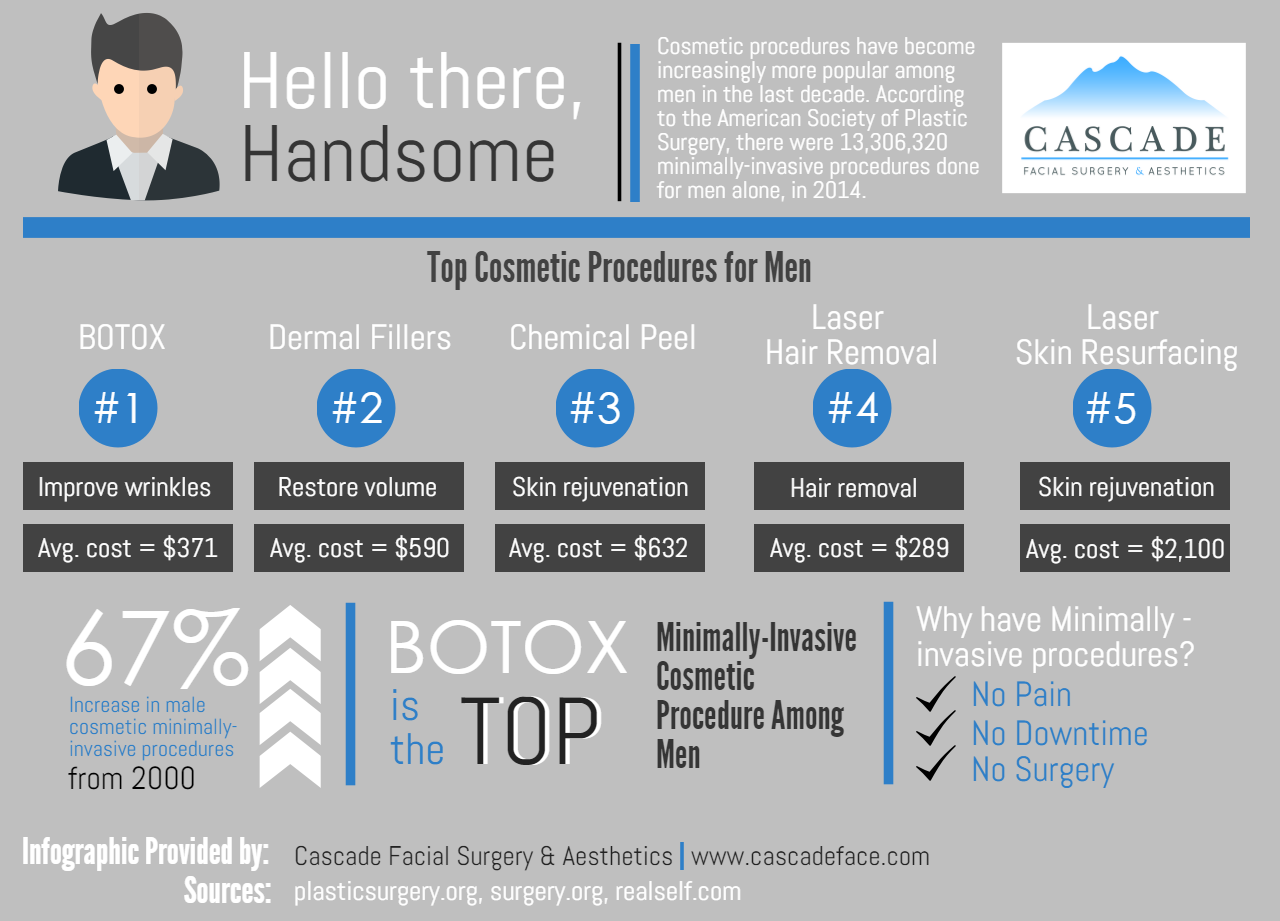How To Treat Nodular Acne
How To Treat Nodular Acne
Blog Article
Hormonal Acne - What is Hormonal Acne?
Hormonal acne is identified by stopped up pores and oily skin that generally shows up on the chin and jawline. It happens when hormonal adjustments set off inflammation and microbial overgrowth within hair follicles.
Breakouts might look like whiteheads, blackheads, papules or pustules and cysts or nodules in more extreme situations. It is extra common in teenagers going through the age of puberty but can impact grownups of any type of age.
What Creates Hormonal Acne?
While acne can be brought on by a variety of aspects, consisting of utilizing hair and skin treatment products that aren't oil-free or made with components that can clog pores, hereditary proneness, diet,2 and anxiety, the root cause is changing hormonal agents. Hormonal acne happens when the body experiences hormone changes and changes that bring about an overproduction of sebum, which triggers swelling, increased growth of microorganisms and changes in skin cell activity.
Hormone acne is usually found on the lower jawline, cheeks and neck yet can show up anywhere on the body. It is characterized by acnes that are cystic, excruciating and filled with pus or other product. It is additionally more likely to happen in ladies than males, especially during adolescence, the menstruation, maternity or menopause.
Age
While many youngsters experience acne eventually throughout the age of puberty, it can continue to afflict adults well right into the adult years. Called hormonal acne, this form of breakout is connected to variations in hormonal agents and is typically most common in ladies.
Hormone acne takes place when oil glands generate way too much sebum, which clogs pores and traps dead skin cells. This results in the formation of acnes, such as whiteheads, blackheads and papules, pustules, cysts or blemishes, deep under the surface area.
This sort of imperfection usually causes pain, redness and inflammation. It may also be cyclical and appear around the massage near me exact same time monthly, such as right prior to your duration begins. This is since degrees of women hormonal agents like progesterone and oestrogen change with each menstruation.
Menstruation
Hormone acne normally shows up in the reduced part of your face, along the jawline and cheeks, as whiteheads, blackheads or inflammatory acnes (acnes and cysts). It's probably to show up around the moment when your menstrual cycle modifications.
Particularly around ovulation, when estrogen and progesterone levels are on the rise, hormone fluctuations can cause breakouts. But it's additionally feasible to obtain acne at any kind of factor throughout your 28-day menstrual cycle.
If you discover that your hormonal acne flares up right before your duration, attempt seeing when specifically this occurs and see if it associates with the phases of your 28-day menstrual cycle. This will help you determine the origin of your skin problems. As an example, you may want to work on balancing your blood sugar and eliminating high-sugar foods, or think about a prescription drug like spironolactone that can regulate your hormonal agents.
Pregnancy
Growing a child is a time of significant hormone changes. For numerous females, this includes a flare-up of hormonal acne. This kind of breakout commonly starts in the first trimester, around week 6. It's caused by hormonal agent surges that promote sebaceous glands to make more oil, which can obstruct pores and cause even more germs to develop.
Outbreaks might additionally occur as a result of pre-existing problems like polycystic ovary disorder, which can also be an issue while pregnant and menopause. Also, some sorts of contraceptive pill (such as Ortho Tri-Cyclen and YAZ) can set off hormonal acne in some females.
The good news is, a lot of acne treatments are "no-go" for expectant ladies (including preferred acne-fighting active ingredients such as isotretinoin and spironolactone). However if you can't stay clear of those frustrating bumps, your physician may recommend oral erythromycin or cephalexin, which are secure while pregnant.
Menopause
As women come close to menopause, the estrogen levels that caused their hormonal agent acne to flare up throughout adolescence start to support and decrease. At the same time, nonetheless, a spike in androgens (likewise known as male hormonal agents) occurs since these hormonal agents can not be exchanged estrogen as effectively as before.
The excess of androgens can set off oil production by the sweat glands, which obstructs pores. When the clogged pores come to be swollen and irritated, an acne forms.
Hormonal acne is commonly seen on the face, especially around the chin and jawline, yet it can occur on the neck, back, shoulders, or breast. This sort of acne tends to flare in an intermittent pattern, similar to the menstruation. Anxiety, which boosts cortisol and tosses hormonal agents out of equilibrium, likewise adds to the outbreaks.